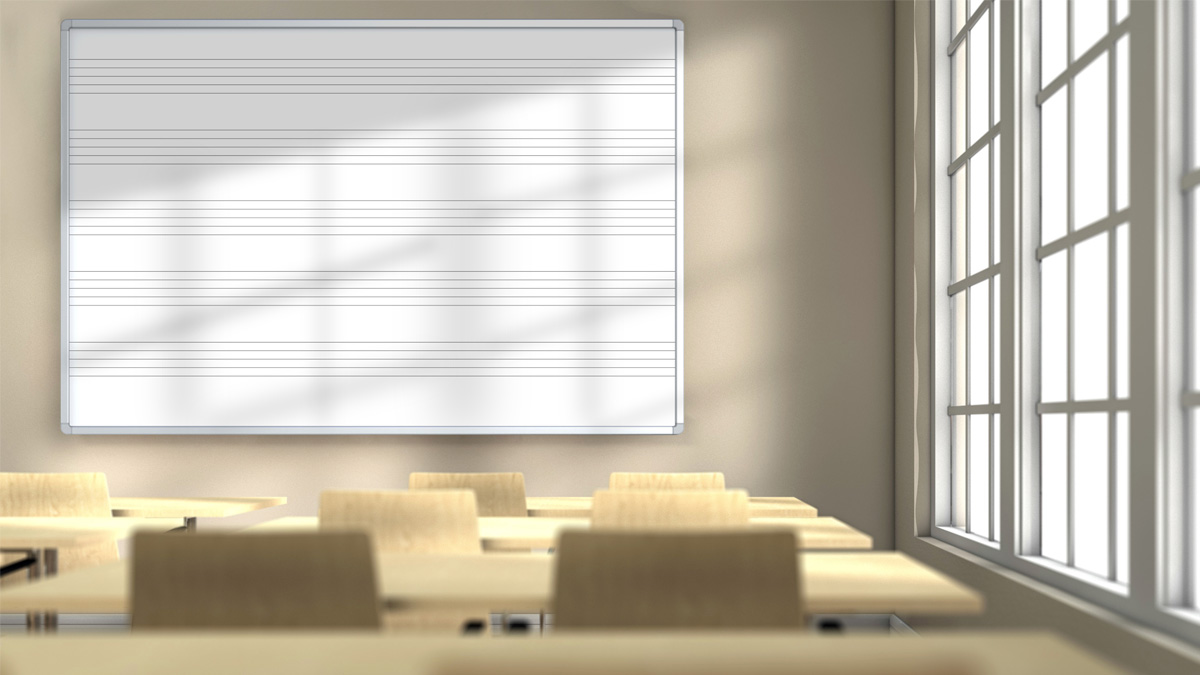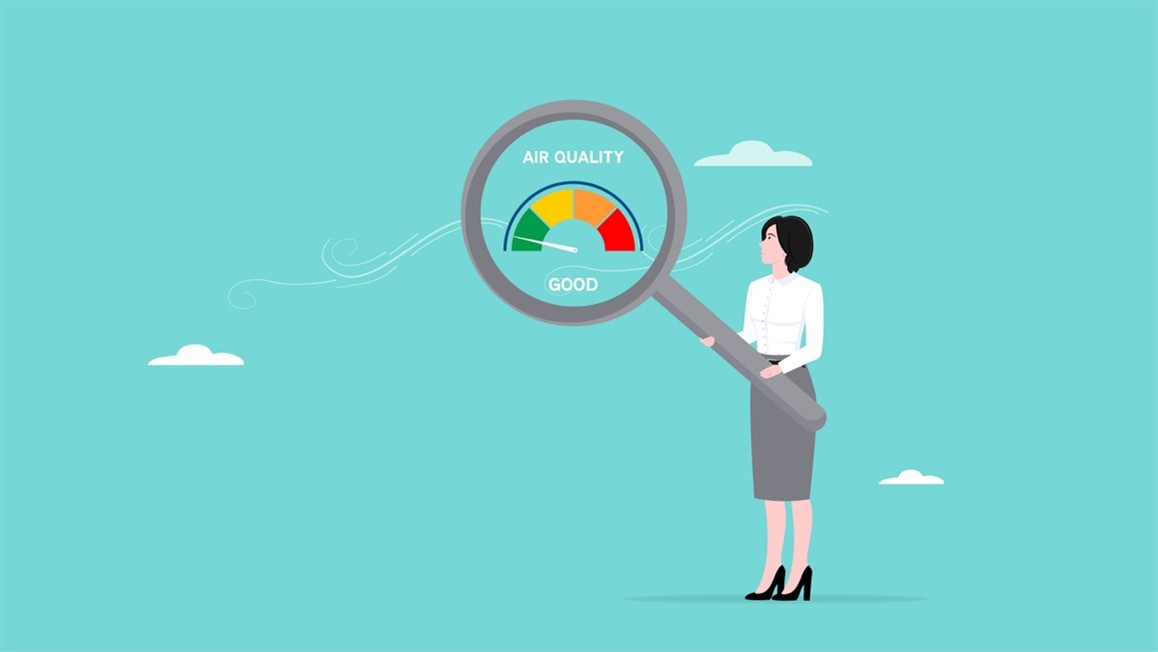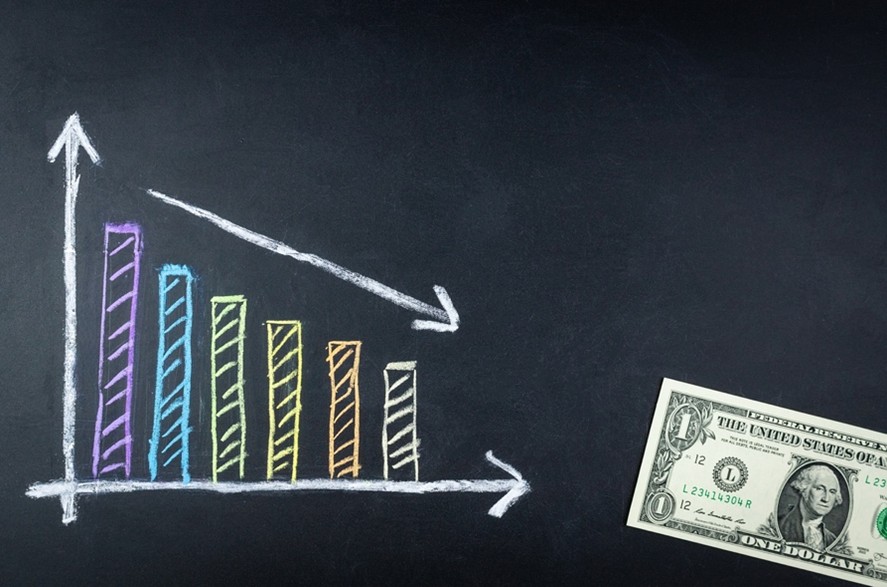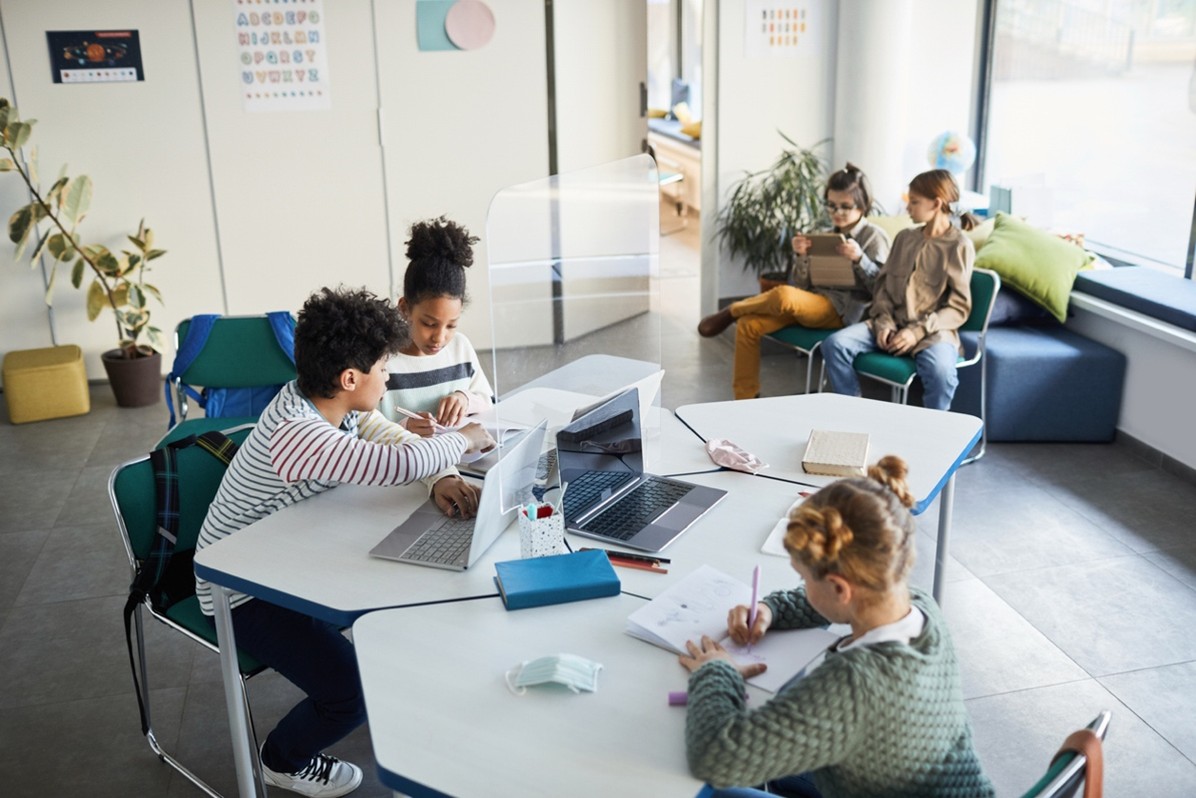Even as classrooms grow more connected and digital, the whiteboard remains a centerpiece of collaboration. It’s where students gather to share ideas, teachers map out new concepts, and creativity fills the room. Writable surfaces continue to bring clarity and connection to every learning environment.
The Enduring Power of Writing by Hand
Scientific research continues to support what great educators have long observed: writing by hand triggers stronger brain activation and better memory encoding compared to relying
solely on typing. A recent study found that handwriting engaged broad connectivity across motor, sensory-processing, and visual brain regions, reinforcing the enduring power of this
traditional method (Scientific American).
Another comprehensive review noted that handwriting experience improves not only letter recognition but also categorization and retention of information (PMC). For both teachers and students, a writable surface offers more than convenience: it supports learning through the hand-mind connection, enabling deeper processing rather than passive transcription. This tactile experience aids in memory retention and helps students understand complex concepts.
Why Writable Surfaces Fuel Collaboration
Writable walls and mobile whiteboards encourage participation and bring lessons to life. During a math activity, for instance, a teacher might roll a board over to a group of students working on geometry problems. Each student adds their own steps, explains their reasoning, and learns from their peers before coming together to compare results. It’s collaboration in motion—simple, visual, and effective. Mobility adds further flexibility. A mobile board can shift rapidly from teacher-led instruction to student teams collaborating, then back to a full-class review. This fluid use of writable surfaces supports small-group work, peer teaching, problem-solving, and hybrid lessons alike.
Design Meets Durability
In educational design, writable surfaces are more than basic dry-erase boards. Today’s options include magnetic painted-steel boards, sleek tempered-glass panels, porcelain
surfaces, and double-sided mobile whiteboards. These surfaces are built to endure frequent use: they resist ghosting, staining, and surface damage so the writing stays clear and purposeful. As part of flexible classrooms, a durable writing surface signals reliability, ease of use, and visual clarity for both students and teachers. Because every classroom has different needs, selecting the right surface can make all the difference, from durability to design and cost efficiency.
Choosing the Right Writing Surface
Not all whiteboards are created equal. From classic painted-steel to sleek glass and longlasting porcelain, each type offers unique benefits that fit different teaching styles and classroom needs. Choosing the right surface can make daily lessons smoother, reduce maintenance, and keep classrooms looking professional for years to come.
| Type | Best For | Key Benefits |
| Painted-Steel | Everyday classroom use | Lightweight, magnetic, and affordable. Great for frequent notetaking and quick collaboration. |
| Porcelain Steel | High-traffic or long-term installations | Extremely durable, resists ghosting and staining, and maintains a bright writing surface year after year. |
| Tempered Glass | Modern, design forward spaces | Frameless, easy to clean, and ideal for blending form with
function in learning commons or offices. |
| Mobile Whiteboards | Shared or flexible spaces | Easy to move between classrooms, perfect for breakout sessions or collaborative group work. |
If you’re not sure which option best fits your school, our Whiteboard Comparison Guide breaks down each type in more detail, helping you find a solution that balances durability,
design, and cost.
Smart, Equitable Design That Lasts
Writable surfaces offer one of the most equitable ways to create engaging classrooms. They’re quite cost efficient compared to their digital counterparts, and unlike high-cost
digital displays that can only serve one space, a mobile whiteboard can move between rooms. Schools can give every student the opportunity to share ideas, regardless of tech
access or device availability. And when they invest in long-lasting materials like porcelain steel, they gain a surface that resists ghosting, stays bright year after year, and reduces replacement costs over time. It’s a simple choice that supports teachers, stretches budgets, and makes learning more accessible for everyone.
Analog Plus Digital: A Balanced Approach
While more equitable, whiteboards do not stand in opposition to digital tools; rather, they partner with them. Teachers can begin a lesson by writing key concepts on a board, inviting
students to contribute their ideas, and then photographing or digitizing the content for continued online collaboration. Research suggests that handwriting activates brain regions associated with memory more than typing does (Science News).
For teachers, whiteboards offer the benefit of fewer screens and reduced multitasking, enabling them to focus on student thinking rather than device management. Students
benefit from seeing peers’ work, which makes connections visually and engages physically, supporting deeper learning and retention.
The Future of Collaboration
Education never stands still, and neither do the tools that support it. Writing surfaces will continue to spark curiosity, collaboration, and connection in every lesson. As we look to
the future, these tools will evolve with classrooms, proving that simple tools often make the greatest impact and offering educators exciting new ways to engage their students.
At Luxor Workspaces, our range of writable solutions, including the Porcelain Wall- Mounted Dry Erase Whiteboard, the Collaboration Station Mobile Whiteboard, and the
Mobile Dry Erase Whiteboard, is designed for performance, mobility, and visual clarity. Each surface empowers educators to teach, inspire, and collaborate in ways that
technology alone cannot replicate.







